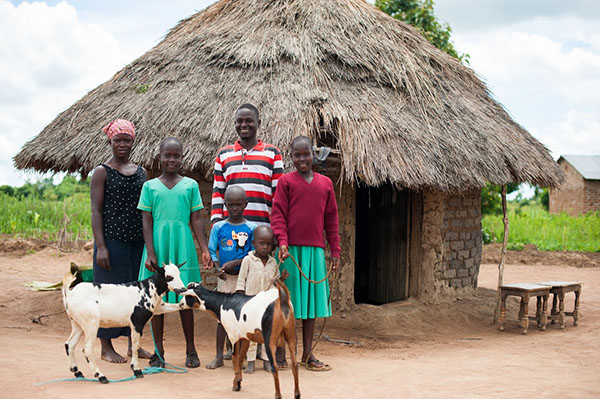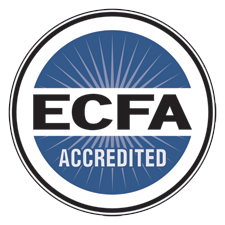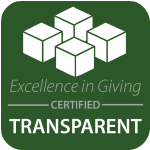An organization’s poverty mindset makes a monumental difference in how they approach communities. One of the most significant ways that Children’s HopeChest differs from other international development organizations is that we take an asset-based approach toward serving communities. The difference in mindset between needs-based and asset-based support may seem like a small shift in perspective, but it makes a huge difference in the success of a community.

What is a needs-based approach to poverty?
Many organizations evaluate poverty by defining what communities lack. This is called a needs-based approach, because the view of poverty comes from distinguishing all of the things a community lacks or what they would need to help them get out of poverty. A needs-based method states, “This community is in poverty because the individuals do not have resources such as food, or clothing, or consistent income, etc.” It may be inadvertent, but a needs-based approach teaches the community and its members that, if they want to continue to receive help, they must continue to be as bad off as possible. This strongly exemplifies to these communities that there is no advantage – actually, that there are disadvantages – in trying to improve their situation.
Needs-assessments tend to discourage communities as they look for solutions. Once they focus on what they don’t have they begin to believe that their existence is dependent on others to survive or grow. If they need to receive all resources from outside their community in order to survive or flourish, they are given no hope. It is like planting trees in a garden without tending to the soil or providing nutrition for their trees. If a community experiences that, they become convinced that they have nothing and they sink even deeper into despair and hopelessness.
What is an asset-based approach to poverty?
Children’s HopeChest desires to bring hope to communities who are living in poverty. Our approach is asset-based, because we believe that in every place on earth there are resources, not only for surviving, but for thriving and succeeding. When we go to a community, we do an asset assessment by asking local leaders what they do have instead of what they don’t have. This eliminates the mentality of have and have nots. By conducting asset-assessments instead of needs-assessments, we help the community members to locate the resources that their community already has. We walk alongside community leaders and individuals to help them leverage their resources and to guide them in being stewards of the assets that they already possess.
An asset-based approach is like nourishing the soil of a garden and walking with the gardener to guide them in being a good steward of their plot. Soon, with rich soil, and an invested gardener, shoots and leaves begin to form and, ultimately, it bears good fruit.

Why the asset-based approach is successful
An asset-based approach to poverty is transformational, not transactional. Needs-based methods imply that if a community only had some additional resource, they would no longer be in poverty. An asset-based method illustrates that individuals have ownership over the trajectory of their lives. Instead of convincing communities that they have nothing, we help them find what assets and resources they already have. Once individuals recognize their resources and the value in these resources, they can exercise their ingenuity and creativity in building income-generating activities.
An asset-based approach is more sustainable than a needs-based approach. A needs-based approach only provides temporary relief, which is similar to putting a bandaid on a wound without truly taking care of the root problem. For example, when foreign aid donates large bags of clothing to developing countries, they are well-meaning in wanting to dress those who sometimes do not have adequate clothing for their environment. However, consider the woman who owns a sewing machine and whose livelihood is based upon generating income from creating and selling clothing. Now, the community has received free clothing, so there is no need to buy her handmade goods. She is now competing with a source of clothing provided at zero cost, which she cannot do and this means that she no longer has income for herself or her family.
Although well-meaning, many needs-based approaches to foreign aid and development work in this way. Children’s HopeChest invests in teaching life and vocational skills to individuals, helping them evaluate and understand how they can apply and use those skills, often by starting a small business. From this, many times jobs are created, which will benefit not only themselves, but also their communities. For example, at the Hitata Genet CarePoint in Ethiopia, over 30 households are benefiting from an income-generating activity project. Guardians of children who participate in the sponsorship program at the CarePoint are participating in business self-help groups and receive training and seed money to launch their own businesses. After follow up and mentorship from the CarePoint, these men and women have sustainable income for themselves and local goods to offer their community.
When people begin to see the resources that they have and find ways to gainfully implement uses for them, a transformation begins to take place within the individuals and their communities. It is an honor and a blessing to witness individuals moving from dependence to dignity.





